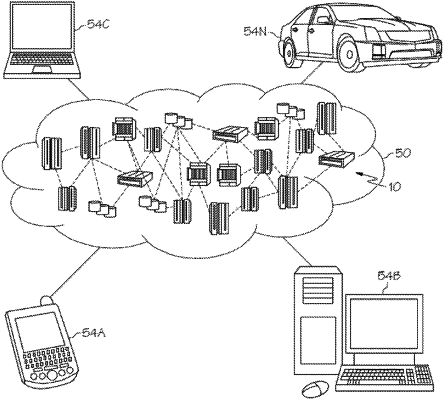| CPC G06Q 30/0204 (2013.01) [G06F 16/9535 (2019.01); G06F 18/214 (2023.01); G06N 3/02 (2013.01); G06Q 30/0631 (2013.01); H04L 63/0407 (2013.01); H04L 2463/102 (2013.01)] | 20 Claims |

|
1. A method comprising:
receiving, at a user device, a generalized recommendation from a provider backend remote from the user device, wherein the generalized recommendation includes a plurality of candidate items responsive to a request from an application running on the user device;
generating a plurality of candidate vectors corresponding to the plurality of candidate items representing a corresponding candidate item in a binary format across a plurality of metrics associated with the plurality of candidate items, wherein the binary format for the plurality of candidate vectors comprises a true value or a false value for each of the plurality of metrics based on characteristics of a respective one of the plurality of candidate items;
generating a user vector based on personal data stored on the user device and access settings for the application, the user vector representing a user in a binary format across one or more metrics associated with the personal data, wherein the binary format for the user vector comprises a true value or a false value for each of the one or more metrics based on the personal data, wherein the access settings limit an amount of the personal data accessible by the application and represented in the user vector, and wherein the user vector provides a representation of the personal data with a first level of anonymity;
determining, using a global model comprising a neural network executed on the user device, interaction propensities based on the user vector and the plurality of candidate vectors; and
displaying, on the user device, the plurality of candidate items according to the interaction propensities.
|